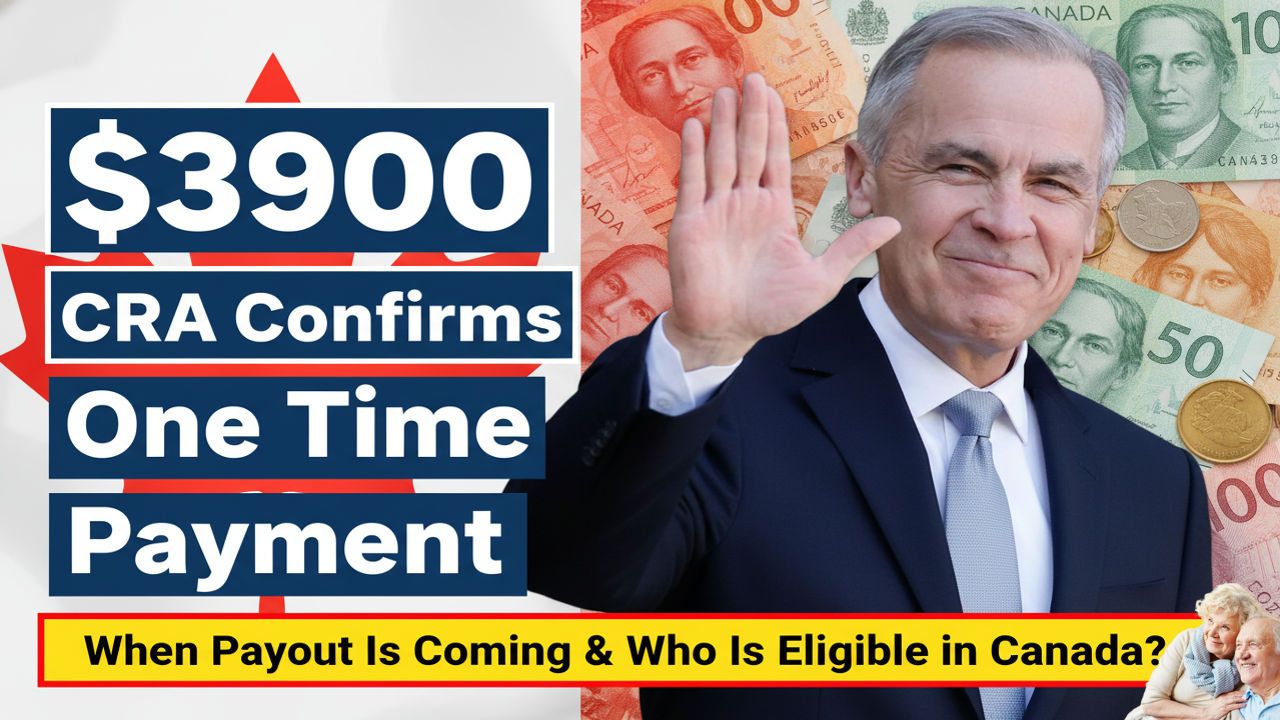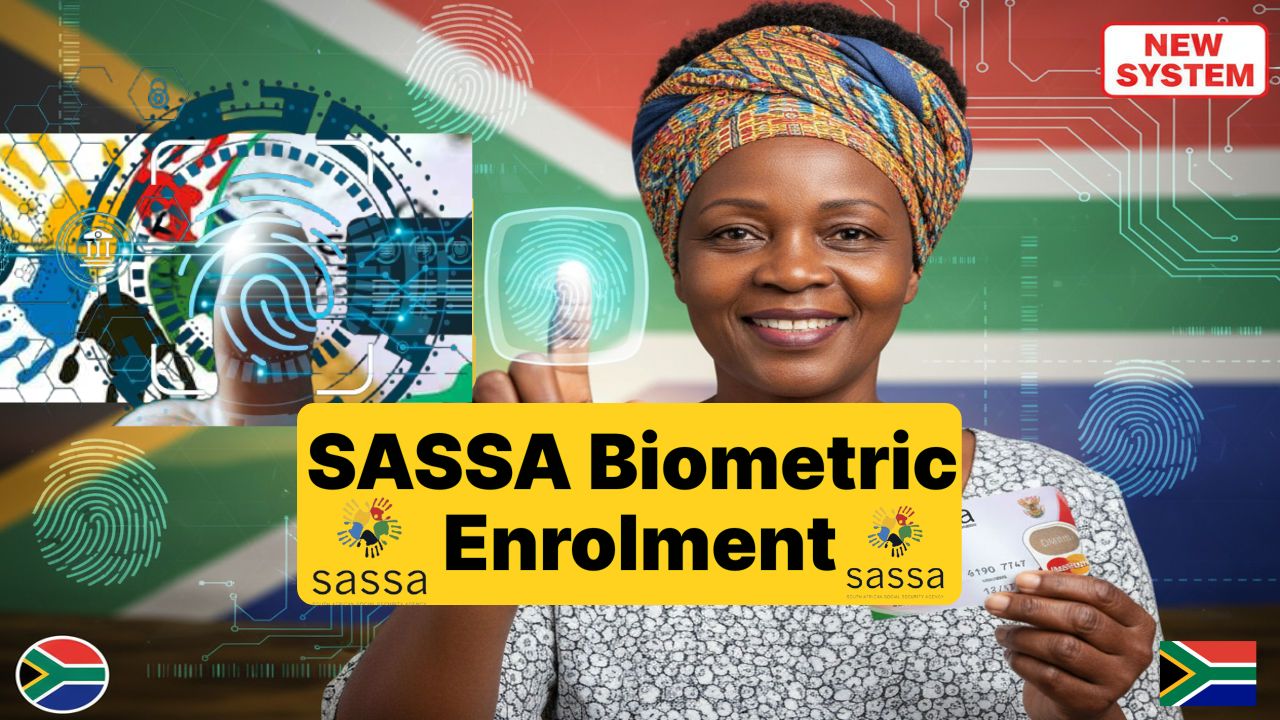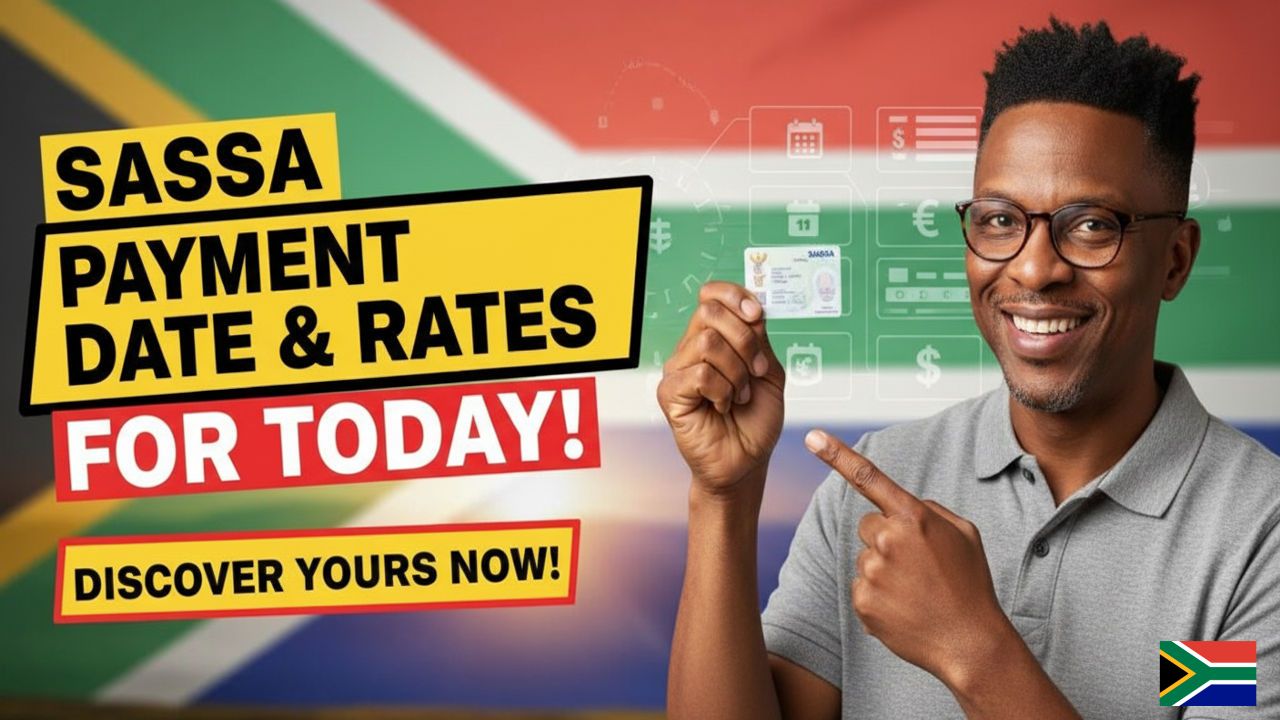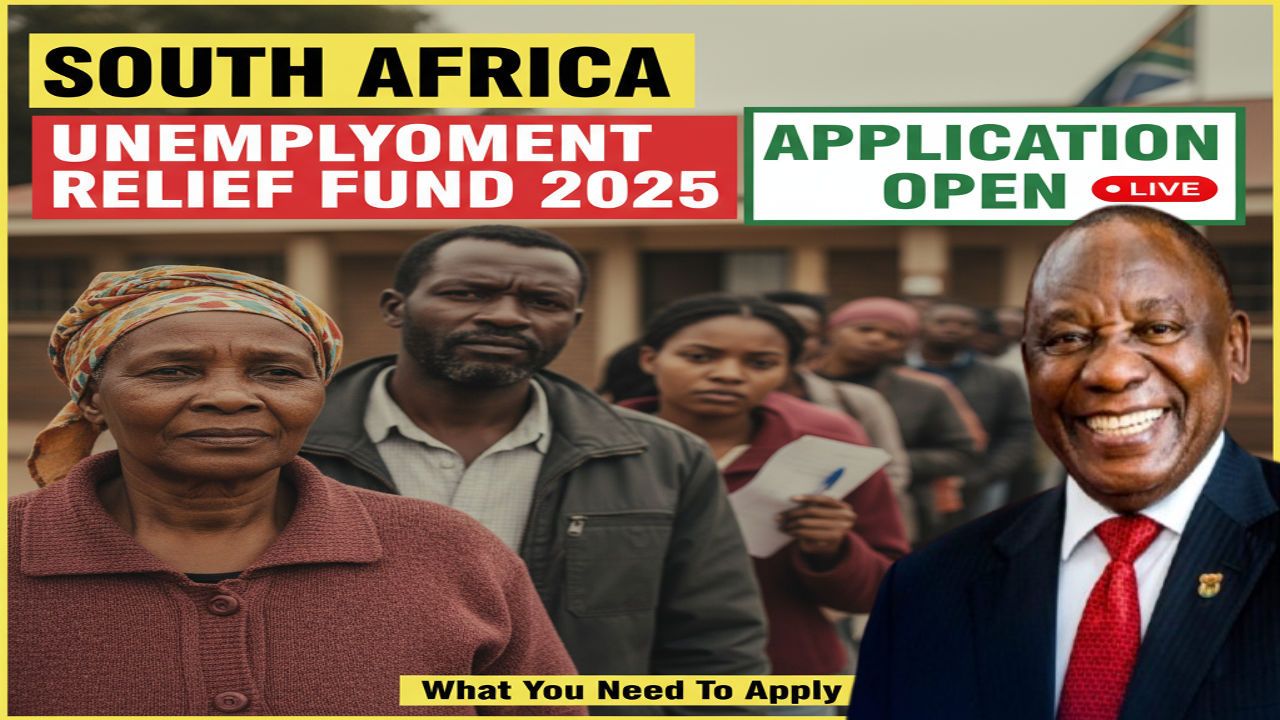Canada is issuing a $3,900 one time payment to help eligible residents manage higher costs for food, housing, and utilities. The payment is tax free and is expected to arrive by direct deposit or mailed cheque between December 2025 and January 2026 for most qualified Canadians. This clean, polished overview explains the dates, eligibility rules, how to make sure you receive the deposit without delays, and what to do if it does not show up on time.
CRA Confirms $3,900 One Time Payment Quick Summary
Item |
Details |
|---|---|
Program |
CRA One Time Payment |
Amount |
$3,900 tax free lump sum |
Expected payout window |
December 2025 to January 2026 |
Delivery methods |
Direct deposit or mailed cheque |
Application |
Not required if you file taxes and meet criteria |
Who checks eligibility |
Canada Revenue Agency using tax and benefits data |
What to update |
Banking details, address, marital status, phone and email |
Official site link |
What The $3,900 One Time Payment Is
The $3,900 one time payment is a single lump sum designed to reduce financial pressure from elevated living costs. Unlike ongoing benefits such as CCB, OAS, GIS, CPP, or GST or HST credit, this payment is paid once to eligible residents. It is tax free and is intended to support day to day needs like groceries, rent or mortgage, utilities, transportation, medication, child related costs, and other essentials.
Key characteristics
- One time only. You receive it once if you qualify.
- No application required for most people. CRA verifies eligibility automatically using filed tax returns and program records.
- Paid by direct deposit first when banking information is on file. Cheques are mailed to those without direct deposit.
- Not income reported. As a tax free payment, it does not increase taxable income.
Eligibility At A Glance
Eligibility is determined by CRA using existing records. While exact screening uses CRA systems, people who typically qualify share these traits:
- Canadian citizen or permanent resident with a valid Social Insurance Number.
- Filed an income tax return for the latest tax year on record before the payout window.
- Income within low to moderate ranges based on household circumstances.
- Active participation in, or eligibility for, selected benefits such as the GST or HST credit, Canada Child Benefit, Old Age Security or Guaranteed Income Supplement, or comparable income tested supports.
- Residing in Canada at the time of assessment and not deceased before the payment date.
If your household status changed recently marital status, number of dependants, address or if your banking details changed, update those details so CRA can confirm eligibility and send funds to the correct account.
Payment Dates And How The Money Arrives
Most eligible Canadians will see funds in one of two windows:
- Direct deposit. Payments are typically deposited first. If your account is already registered for CRA direct deposit, watch for a deposit labeled CRA Deposit or Canada Fed during December 2025 or January 2026.
- Mailed cheque. If you are not enrolled in direct deposit, a cheque will be mailed to your address on file. Mailed cheques take longer to reach you, especially around holidays or in remote areas.
If you have not received the deposit by January 31, 2026, use the steps in the section titled If Your Payment Is Delayed.
How Much You Will Receive
The payment is a flat $3,900 per eligible person or household as defined for the program. It is not reduced by ordinary bank fees or ATM withdrawals, though your net cash in hand will reflect any fees your own bank charges for ATM use or over the counter withdrawals. Because the payment is tax free, you do not report it as income on your return.
Make Sure You Get Paid On Time
To avoid failed deposits or returned cheques, confirm the following at least two weeks before the expected window:
- Tax return filed. File your latest personal tax return if you have not done so. CRA uses it to verify identity, income, and eligibility.
- Direct deposit set up. If possible, enroll in direct deposit so payment can reach you faster.
- Accurate banking info. Double check institution number, transit number, and account number. Names on the account should match your tax profile.
- Current address. If you rely on a cheque, ensure your mailing address is correct and secure.
- Updated personal details. Report changes in marital status, dependants, and contact details phone and email so CRA can contact you if needed.
How To Enroll Or Update Direct Deposit
- Log in to CRA My Account and add or update bank details.
- Many Canadian financial institutions allow you to set up CRA direct deposit from online banking.
- If you cannot access online services, use the official phone numbers listed on Canada.ca or visit a Service Canada office for assisted options.
Keep the old bank account open until you see the first successful deposit in the new account to prevent a return of funds.
If Your $3,900 Payment Is Delayed
If your deposit or cheque does not arrive by January 31, 2026:
- Review eligibility basics. Ensure your latest tax return was filed and processed and that you meet the general criteria.
- Confirm bank details. Log in to CRA My Account to verify that the correct account is on file and active.
- Check your mail. Mailed cheques may arrive later due to postal delays or holidays.
- Contact CRA. Use My Account secure mail or the official CRA phone numbers listed on Canada.ca to request a trace or status review.
- Report name mismatches. If your legal name or marital status changed, update CRA to clear a mismatch with your bank.
Security Tips And Scam Warnings
- CRA does not ask for passwords, full card numbers, or one time passcodes by email or text.
- Access your account only through Canada.ca or your financial institution’s secure portal.
- Ignore links from unsolicited messages. Type addresses directly into your browser.
- If you suspect fraud, call your bank immediately and contact CRA using the phone numbers listed on Canada.ca.
Smart Ways To Use The Payment
While everyone’s situation differs, many households prioritize
- Clearing overdue utility or rent balances.
- Reducing high interest debt.
- Setting aside part of the funds for emergencies.
- Prepaying essential expenses such as winter heating or transportation.
- Covering child care, medication, or medical travel costs that strain monthly budgets.
Frequently Asked Questions
1. Do I need to apply for the $3,900 one time payment
No. CRA determines eligibility automatically from your tax return and benefits records. Ensure your return is filed and your details are up to date.
2. When will the payout arrive
Most eligible residents should receive payment by direct deposit or cheque between December 2025 and January 2026.
3. Is the $3,900 payment taxable
No. It is a tax free payment and does not need to be reported as income on your return.
4. What if I do not use direct deposit
You will be mailed a cheque to the address on file. Cheques can take longer to arrive, so consider enrolling in direct deposit to speed things up.
5. What should I do if my payment has not arrived by January 31, 2026
Verify your eligibility and banking information, check the mail for a cheque, and contact CRA through My Account or the phone numbers on Canada.ca to request a trace.
6. Can I receive the payment if I did not file a tax return
Generally no. File your return as soon as possible so CRA can assess eligibility and issue the payment.
7. Does household size change the amount
The program is a single flat payment of $3,900 for those who meet the criteria as assessed by CRA. It is not scaled by family size unless specified in your CRA assessment.
Conclusion
The CRA $3,900 one time payment provides timely relief for Canadians facing sustained cost pressures. Most people will not need to apply, but everyone should file their tax return, confirm direct deposit details, and keep personal information current. If your payment does not arrive by the end of January 2026, follow the steps in this guide to resolve delays quickly. With a few proactive updates, you can make sure the money arrives safely and supports the expenses that matter most.
For More Information Click Here








